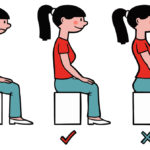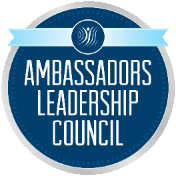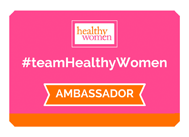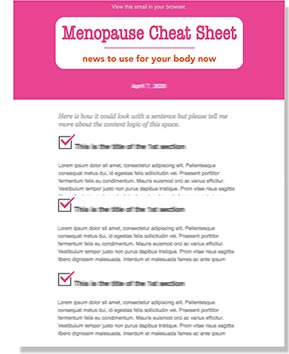Check out my sponsored post about Ensure!
All opinions contained in this post are my own. Please see below for additional disclosures.
___________________________________
I’m in training to run my 5th marathon (all since turning 50). The runs are getting longer and, now that I’m 60, the risks of injury are greater.
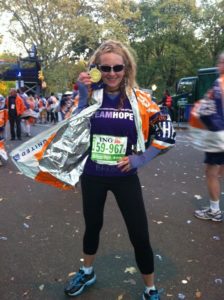
Our bodies lose up to 8% of muscle mass every decade after 40. By the time we hit 70, most of us will have lost about 25% or more of our muscle mass.
This can lead to a decrease in strength, stamina, and the ability to balance, which in turn can lead to a fall. Falling is something we definitely want to avoid because studies show that adults who have low muscle mass (also known as sarcopenia) are twice as likely to have osteoporosis than those who don’t. And if you have osteoporosis, a simple fall can turn into a debilitating health issue.
In addition, if we experience a health setback like surgery, illness, or anything else that keeps us from moving our bodies for a period of time, we could lose even more muscle.
This is definitely not something I would like to have happen while I’m in the middle of training for a marathon that will take place one month before my 61st birthday.
But, it did.
A few weeks ago, while enjoying one of my weekly long runs with my wonderful running group, I felt a weird stiffness and dull ache at the top of the back and front of my left thigh. The longer I ran, the more uncomfortable I became. After icing it a bit and resting for several days, I tried running again, but the pain was worse.
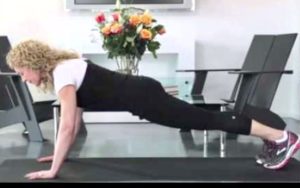
My doctor recommended physical therapy and rest (defined as “no running for a few weeks”) which is disconcerting news to receive if you are training for any race.
After a few deep breaths and some welcomed support and encouragement from my running group, I embraced the recommendations and began my recovery. In a few more days, I’ll start training again, with a renewed sense of commitment and a healthy dose of can-do attitude.
Whether it’s surgery, pneumonia, or bouncing back from a hamstring injury, here are three key things you can do to help in your recovery:
- Take it easy, but don’t stop moving. When the doctor said “rest,” he meant give that particular part of my body a little TLC, but he certainly didn’t intend for me to not move my body at all. In fact, even after certain surgeries, doctors prefer if you walk around as soon as possible to keep blood circulating and lungs clear. Even though he asked me not to run, I was encouraged to walk, stretch, and keep my muscles strong by doing the plank, push-ups, and other kinds of strength-training. It’s possible there will be muscle loss
during a time of recuperation, but here’s the good news: muscle loss is reversible! To make sure I stay as fit as possible so I can restart my training without fear of further injury, I do some kind of physical activity every day that does not irritate my hamstring, with a specific focus on keeping muscles strong.
- Have a “Can Do” attitude. I was quite upset by my injury and wondered if I would be able to get back to training for a marathon after taking a few weeks off. But, once I had a plan in place that included appropriate exercise,
nutrition geared to keeping muscles strong during recovery, and a realistic time frame I could work with, I knew that I was going to run in that marathon, no matter what! I turned a frustrating experience into a lesson in positive thinking and an opportunity to prove to myself that I know how to get over setbacks.
- Eat even better than before. When you confront any kind of physical setback, having a great attitude, lots of supportive friends and family around, and keeping your body moving as much as possible are all keys to successful recovery. But one of the most essential elements is making sure you fuel your body with adequate amounts of important vitamins, minerals and protein to keep muscles strong. Age contributes to muscle loss, but so can a physical setback. You need to restock your body with the nutrients it needs to not only recover, but to come out of the setback stronger than ever. I often drink a chocolate protein drink–like Ensure High Protein Nutrition Shake–after long runs to help my muscles recover faster, and now that I am recuperating from an injury, I have increased my intake of eggs, cheese, yogurt and shakes that supply the energy and fuel my body needs.
On November 5th, 2017, I will put on my broken-in running shoes and carefully chosen outfit, slip my phone into the pocket of my favorite running pants, and head to the Staten Island Ferry to get to the start of the NYC Marathon. On that day, I will do my best to finish, and maybe even push myself a little bit in an attempt to beat last year’s finish time.
The most important thing I’ll do is smile and enjoy every step I take, knowing that when faced with a physical setback, I did everything right for my body . . . and recovered from injury stronger than ever.
WANT TO WIN $1,000 A MONTH FOR A YEAR?
ENTER THE
ENSURE ‘CAN DO’ GIVEAWAY!
HERE ARE ALL THE DETAILS!
Are you a “Can Do!” person? All it takes is some cheeky confidence and the right nutrition to fuel your body! See my short video to see how I said “I can, I will, and I did!”:
Ensure partnered with influencers such as me for its Can Do program. As part of this Program, I received compensation for my time. Ensure believes that consumers and influencers are free to form their own opinions and share them in their own words. Ensure policies align with WOMMA Ethics Code, Federal Trade Commission (FTC) guidelines and social media engagement recommendations.



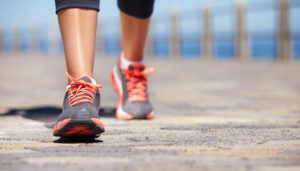 during a time of recuperation, but here’s the good news: muscle loss is reversible! To make sure I stay as fit as possible so I can restart my training without fear of further injury, I do some kind of physical activity every day that does not irritate my hamstring, with a specific focus on keeping muscles strong.
during a time of recuperation, but here’s the good news: muscle loss is reversible! To make sure I stay as fit as possible so I can restart my training without fear of further injury, I do some kind of physical activity every day that does not irritate my hamstring, with a specific focus on keeping muscles strong.  nutrition geared to keeping muscles strong during recovery, and a realistic time frame I could work with, I knew that I was going to run in that marathon, no matter what! I turned a frustrating experience into a lesson in positive thinking and an opportunity to prove to myself that I know how to get over setbacks.
nutrition geared to keeping muscles strong during recovery, and a realistic time frame I could work with, I knew that I was going to run in that marathon, no matter what! I turned a frustrating experience into a lesson in positive thinking and an opportunity to prove to myself that I know how to get over setbacks. 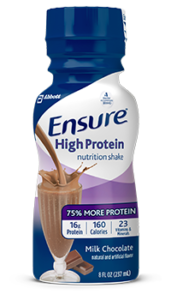 WANT TO WIN $1,000 A MONTH FOR A YEAR?
WANT TO WIN $1,000 A MONTH FOR A YEAR? 